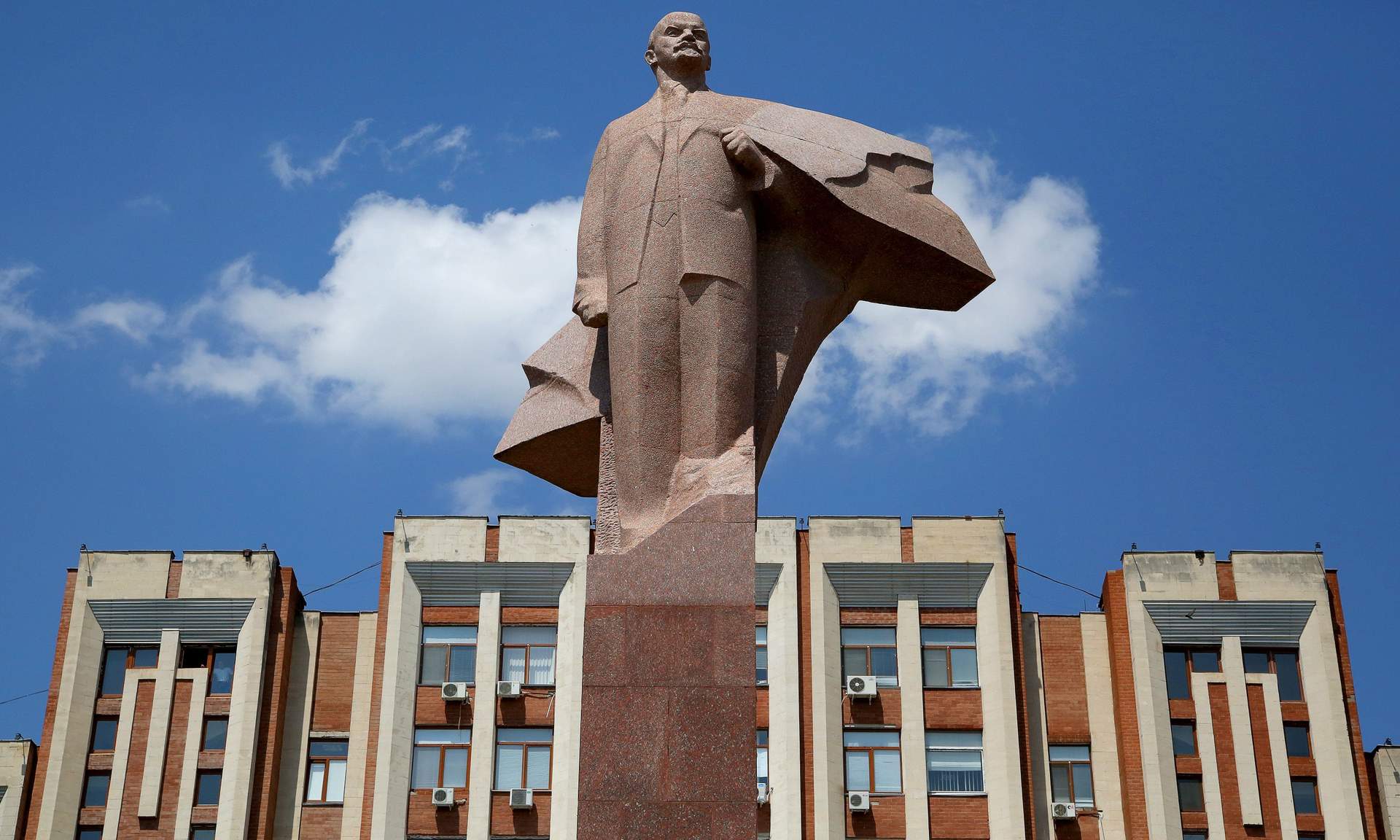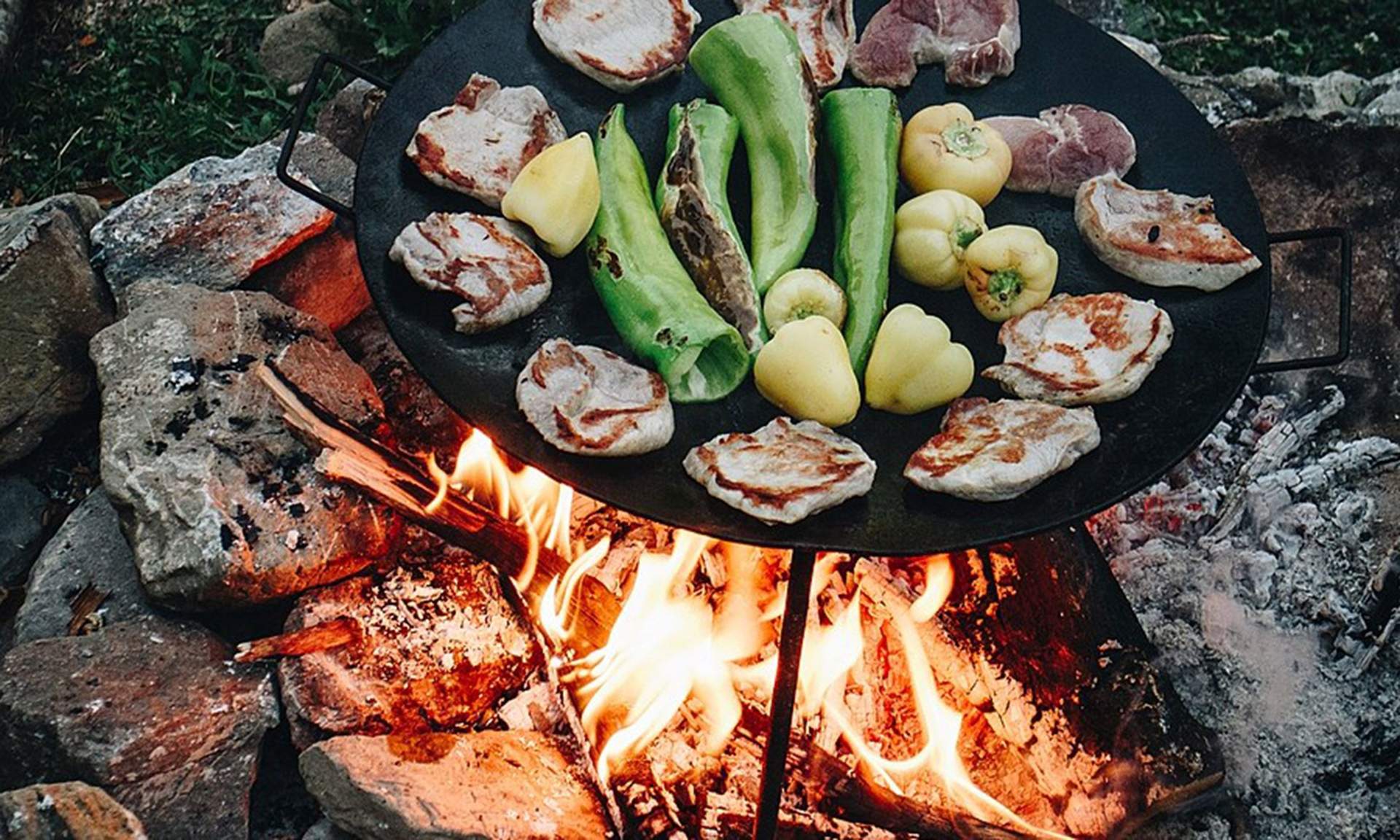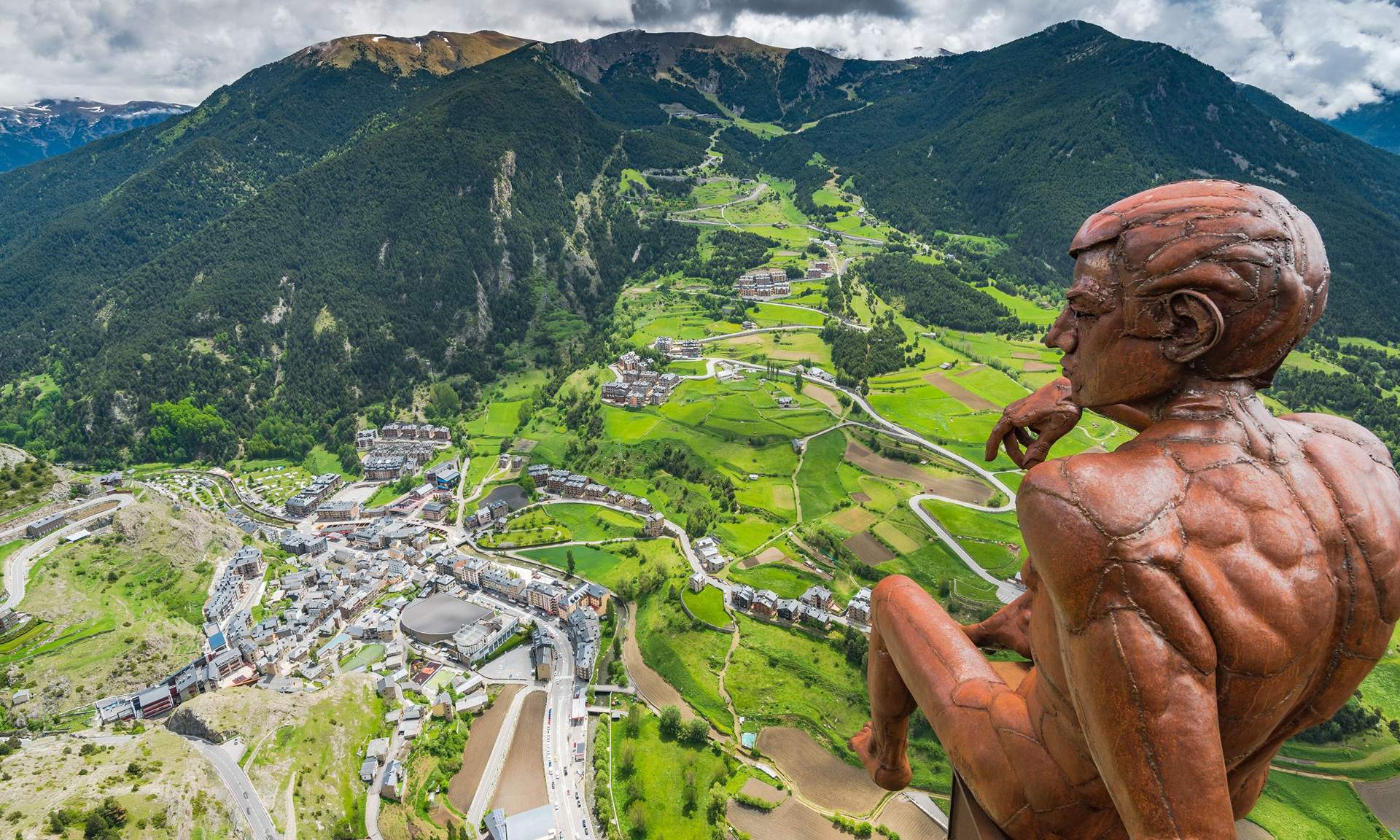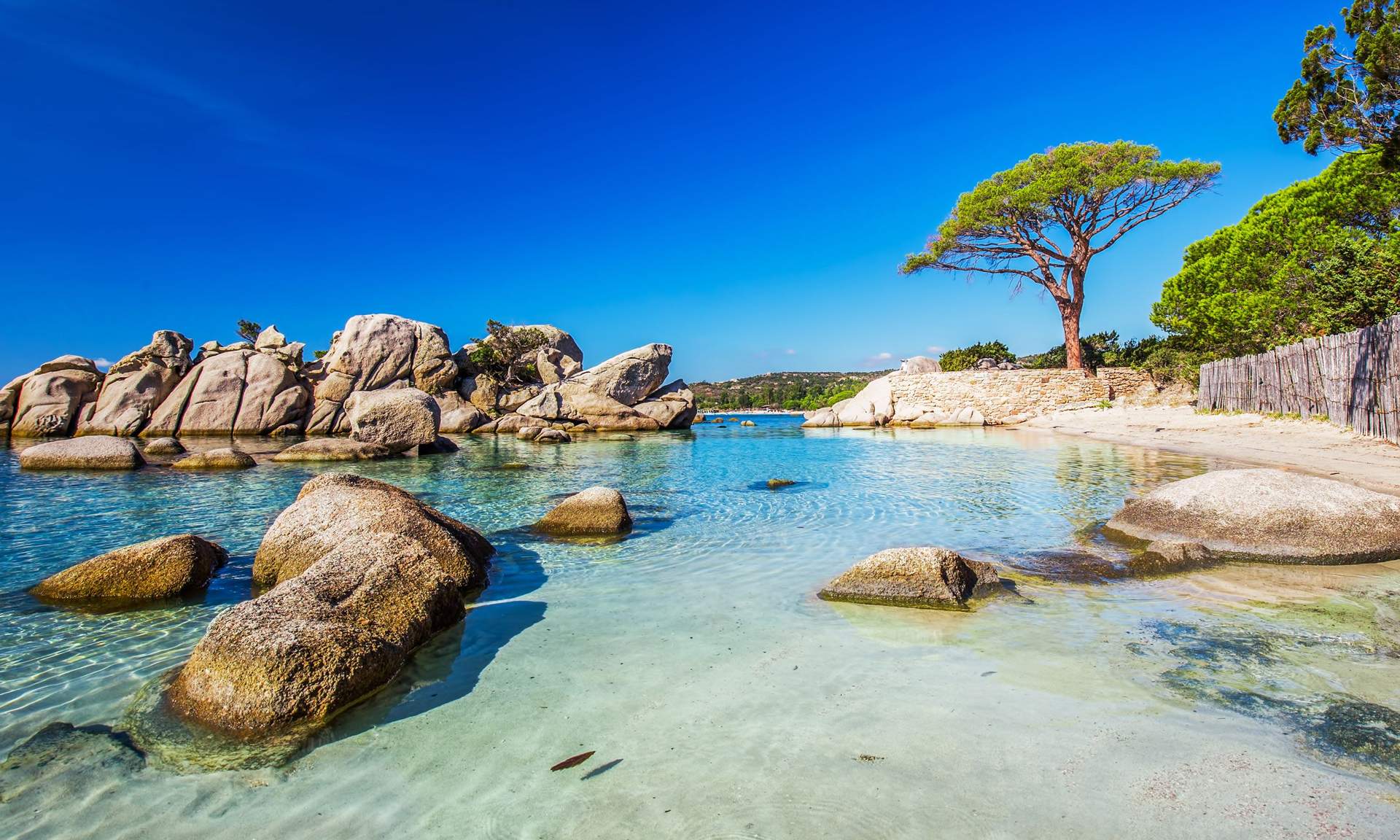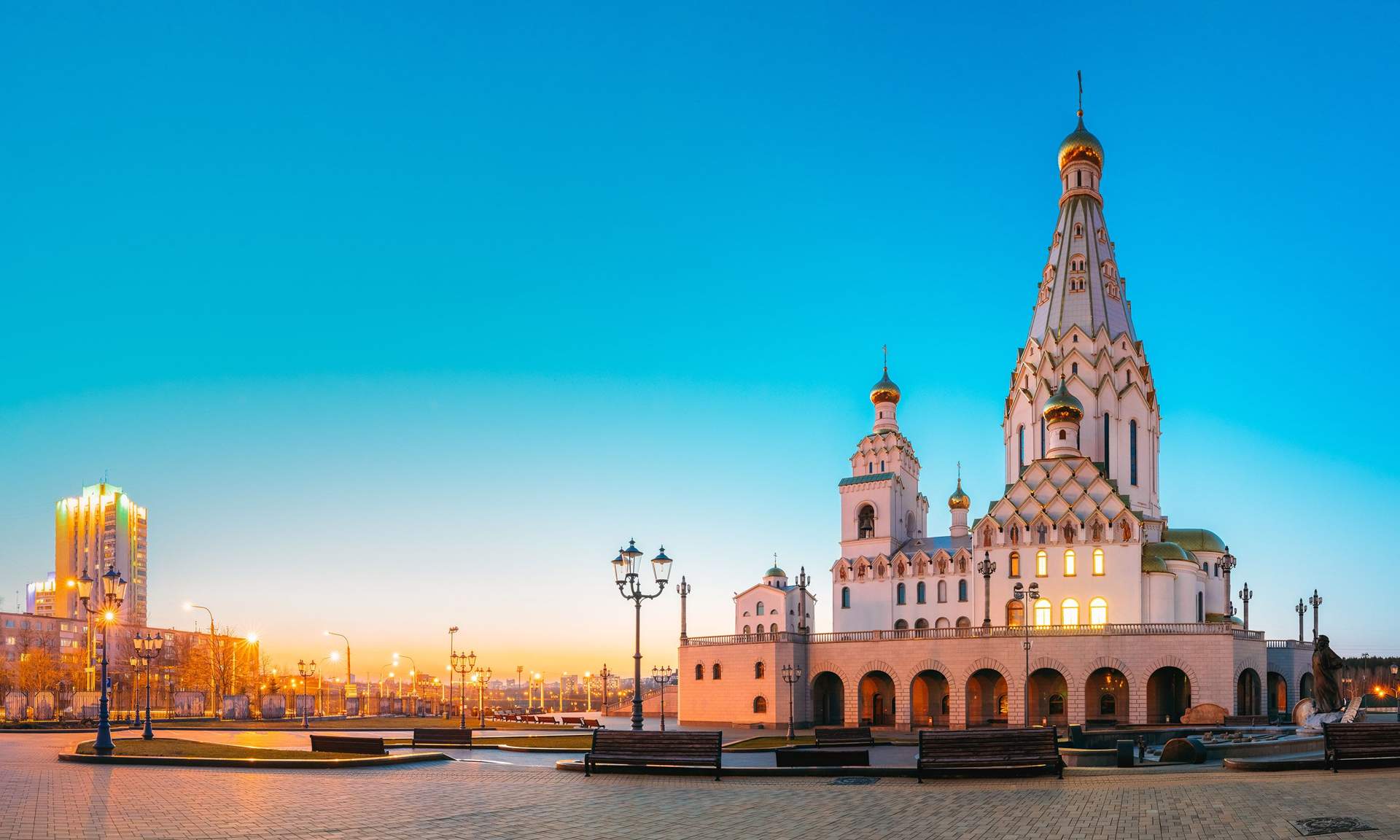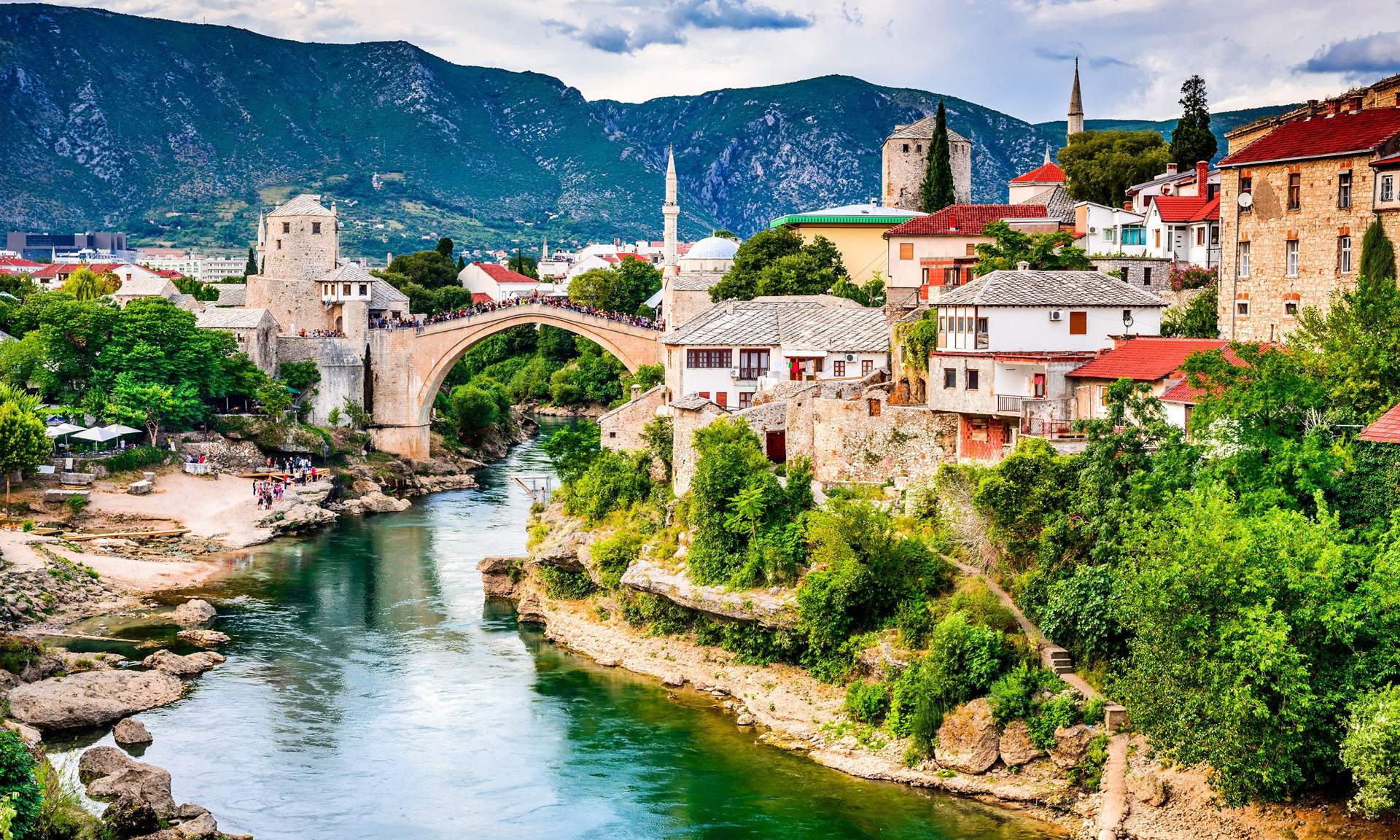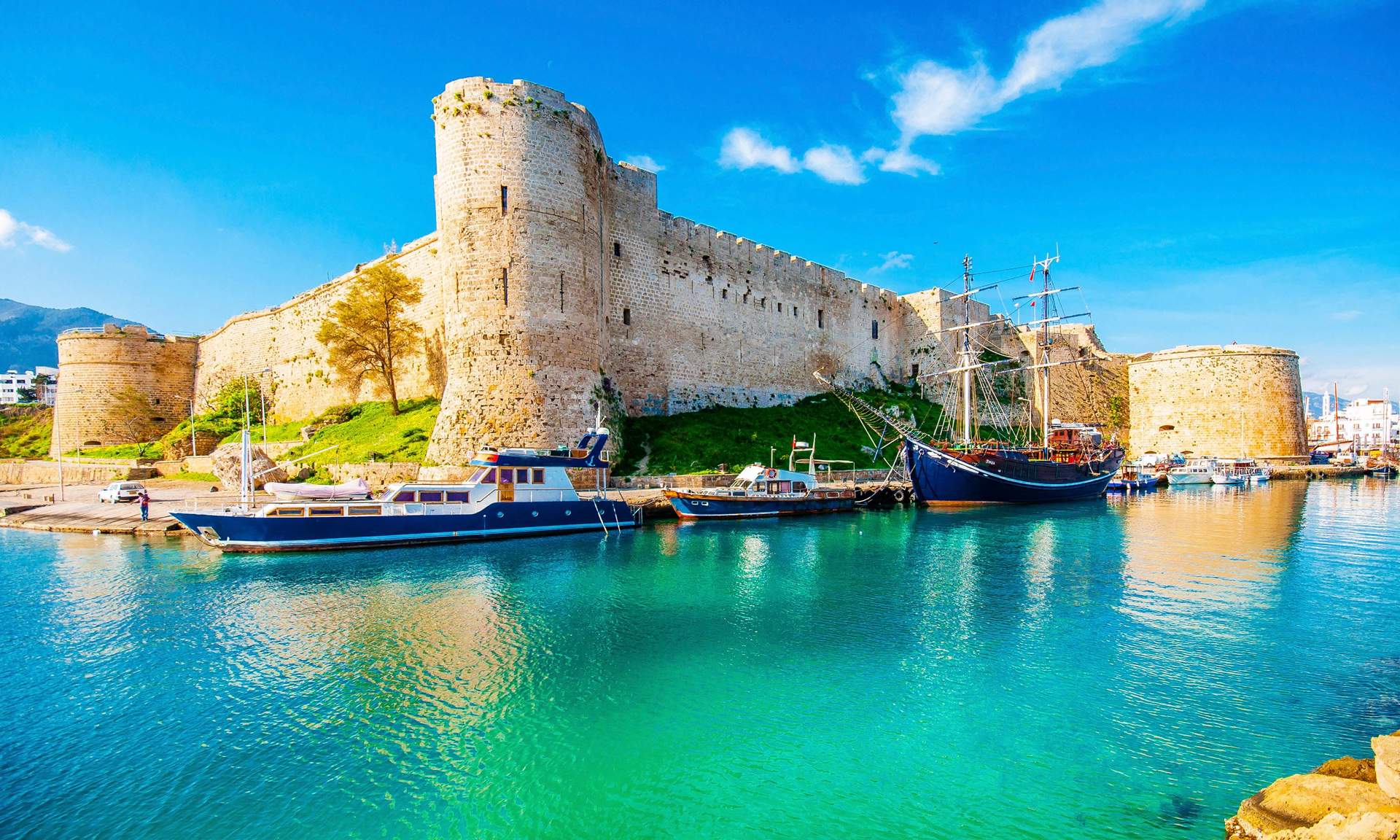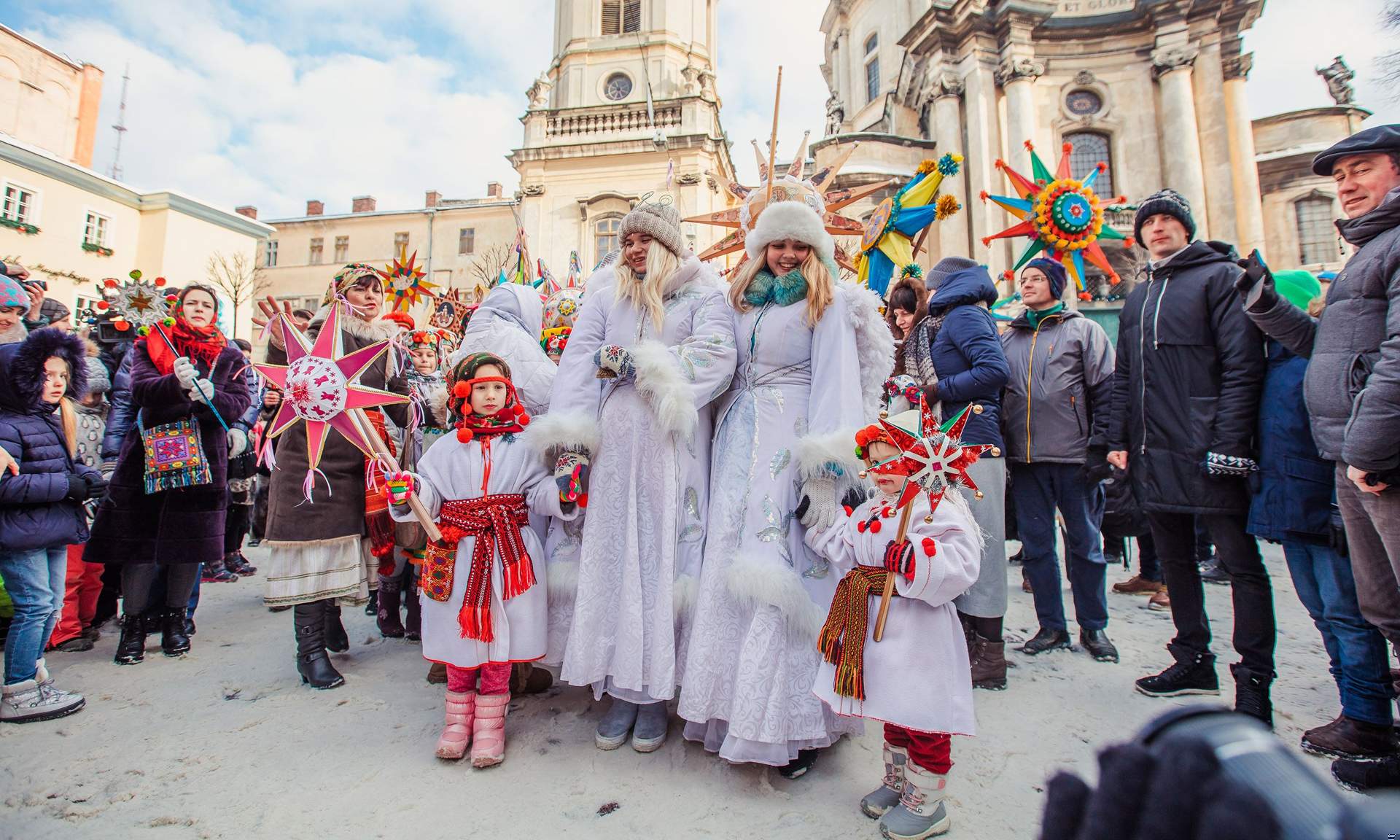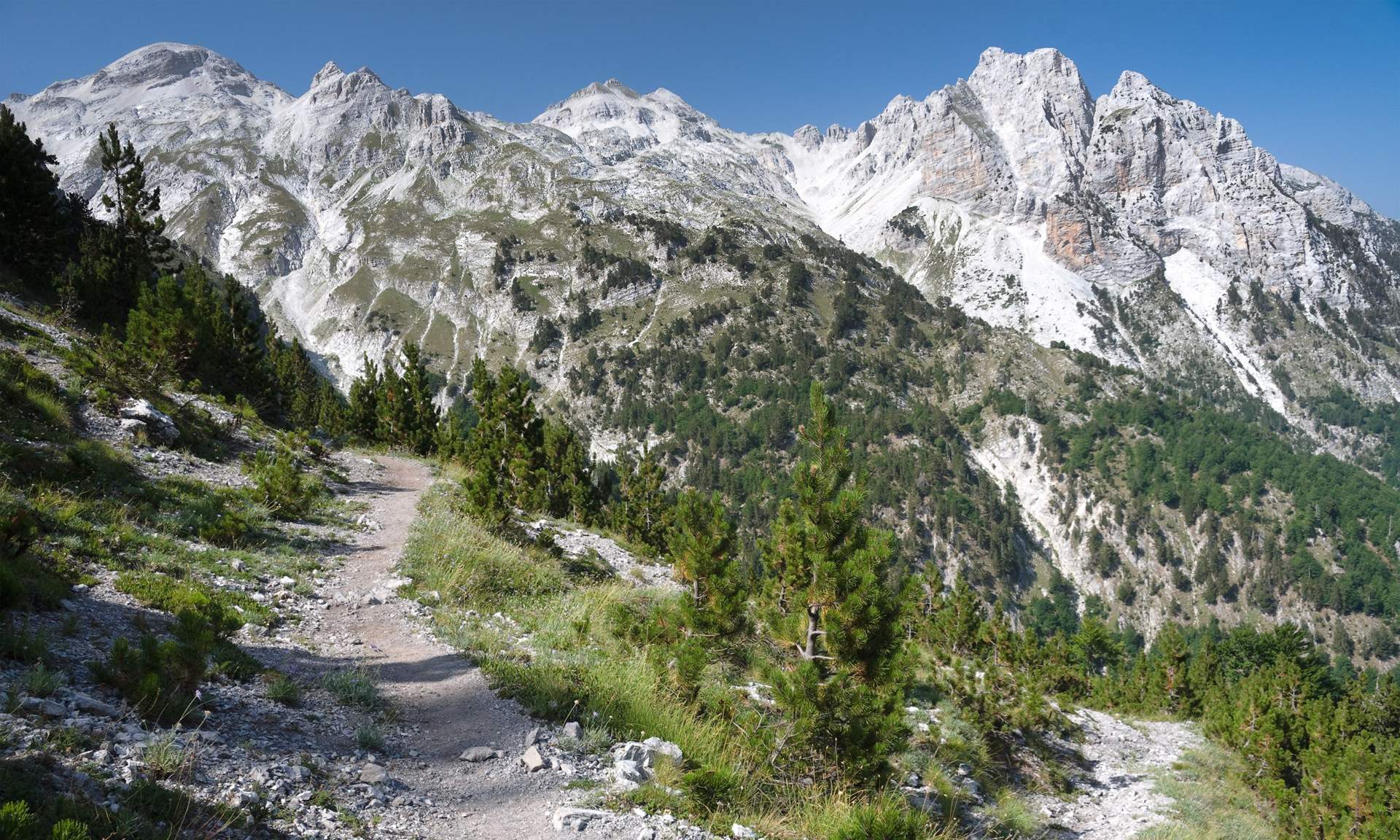1. The ultimate Kenyan safari

A lion on the Masai Mara (Shutterstock)
Wildlife Worldwide have combined the ‘big-three’ safari locations of Lake Naivasha, the Laikipia Plateau and the Masai Mara to create a Kenyan adventure that is big on wildlife and even bigger on epic landscapes.
Tailored to provide you with incredible opportunities to view wildlife, particularly between July and October when the Great Migration is in full swing, this tour offers game drives, walking and boat safaris, and even wildlife viewing from horseback. The locations are breathtaking, the wildlife encounters unforgettable.
Working with local safari camps, you’ll enjoy the best in safari accommodation and food, as well as the expertise of some of Kenya’s best wildlife guides. Your journey concludes with a relaxing stay on the secluded Mfangano Island, where the deep blue waters and verdant islands of Lake Victoria are rich in fish and birdlife, and offer an ideal setting to match any Indian Ocean beach.
Type: Tailor-made
When: Jul to Mar
How long: 11 days
How much: From £6,995 (exc. flights)
2. Experience Namibia in all its glory

The Namib-Naukluft at sunset (Shutterstock)
Enjoy all that Namibia is famous for – and a few unexpected surprises, too – on this adventure through the wonders of Namibia with G Adventures.
The landscapes here are on a monumental scale – huge empty deserts and mind-blowing blood red dunes.You’ll meet the ancient Himba, learning their ways and sharing a simple meal, cooked over a desert fire.
Etosha National Park delivers life and death drama as you encounter elephants, giraffes, and lions on thrilling wildlife drives, while a visit to the Cheetah Conservation Fund will get you up close to these vulnerable cats.This is a Namibian adventure rich in wildlife and culture.
Trip:Wonders Of Namibia
Who:G Adventures
Type: Small group
When: Departures throughout the year
How long: 10 days
How much: From £1,945 (exc. flights)
3. Uncover Central America’s best kept secret … Nicaragua

Guadalupe Church in Granada (Shutterstock)
Nicaragua is Central America in a nutshell and you’ll experience it all on this 10 day adventure with Journey Latin America.
The variety of experiences on offer is staggering. One moment you’ll be trekking through volcanic and jungle-choked scenery. The next you’ll be wandering through timeless colonial cities. The influence of both the colonial Spanish andindigenous communities can be felt everywhere, particularly on the English-speaking Caribbean Corn islands.
From the volcanic island of Ometepe, rising from the vast silvery waters of Lake Nicaragua, to the cowboy cattle country of the interior, Nicaragua is a destination well worth exploring.
Trip:Signature Nicaragua: Fire, Water And Revolution
Type: Tailor-made
When: Flexible departures throughout the year
How long: 10 days
How much: From £2,247 (exc. flights)
4. Discover Japan’s wild side in Hokkaido

Dancing pair of Red-crowned cranes in Hokkaido (Shutterstock)
Wild and remote, Japan’s northern-most island reveals a completely different side to the country. Here the great outdoors beckons, rewarding visitors with unique wildlife encounters and extraordinary scenery.
This tailor-made tour with Audley is designed to get your deep into the heart of this fascinating island. You’ll hike in the Daisetsuzan National Park and ski the world class powder in Furano or Niseko.You’ll watch the Red-Crested Crane mating rituals in Kushiro and keep an eye out for bears in Shiretoko.
Visit in February and you’ll get the chance to experience the legendary Snow Festival in Sapporo, too.
Trip:Wildlife & Hot Springs In Hokkaido
Who:Audley
Type: Tailor-made
When: Flexible departures throughout the year
How long: 15 days
How much: From £5,440 (inc. flights)
5. Explore Patagonia in your own time

Torres del Paine seen from Pehoe Lake in Chilean Patagonia (Shutterstock)
Patagonia is South America’s hottest destination and this self-drive holiday with Journey Latin America allows you to explore it at your own pace and in your own way.
The itinerary is designed to showcase three contrasting regions of Patagonia in Argentina and Chile while giving you the independence to stop at any time and simply soak up the jaw dropping scenery – what’s not to love?
It’s a route that takes in Argentina’s glorious lake district and Los Glaciares National Park as well as Torres del Paine National Park in Chile. Expect incredible landscapes to explore at your leisure and preferred speed, but with the security of knowing that, at the end of a day on the road, your accommodation is all sorted.
Trip:Self-Drive Patagonia: The Open Road To Torres Del Paine
Type: Self-guided
When: Flexible departures throughout the year
How long: 20 days
How much: From £5,230 (exc. flights)
6. Experience Canada at its most primal

Pesuta shipwreck on Haida Gwaii (Shutterstock)
Explore one of Canada’s remotest and wild archipelagos on this brand-new tour of the Haida Gwaii Islands with Intrepid.
You’ll be treated to a melting pot of human history, bucket-list wildlife and a magic hat of superb landscapes, beginning with spotting ursines at the Khutzeymateen Grizzly Bear Sanctuary.
Hop around a selection of the isles and watch whales off the coast of Louise Island, paddle on a guided kayaking trip and channel your inner grizzly with some salmon fishing. Just as enchanting, though, are the ethnic Haida people, their legacy writ large in the watchmen who have stood guard here for millennia.
Who:Intrepid
Type: Small group
When: Jun & Aug
How long: Seven nights
How much: From £1,845 (exc. flights)
7. Trek through Pakistan’s magical north

Pack Horses in the Karakorum Mountains (Shutterstock)
Lose yourself in northern Pakistan’s epic landscapes on this 16-day trekking holiday with KE Adventure Travel.
It’s a journey that will take you deep into Pakistan’s legendary Karakoram Mountains. You’ll trek across glaciers and alpine meadows to camp at top Rush Lake, never want to leave the Shangri-La village of Shimshal and marvel at the incredible natural beauty of the Hunza Valley as seen from the Eagle’s Nest.
Along the way you’ll be treated to unforgettable vistas of Karakorum giants, including K2, the Yazghil Glacier, and sail across the azure-blue waters of the recently-formed Attabad Lake. Mind blown.
Type: Small group
When: May, Jun, Aug & Sep
How long: 16 days
How much: From £2,295 (exc. flights)
8. Experience Ireland like a local

Ireland’s Wild Atlantic Way (Shutterstock)
If you are up for the craic, then this coastal road trip around the Emerald Isle with Evaneos is for you.
Tradition, history, heritage, breathtaking scenery and friendly locals – Ireland has it all and this tour is designed to make sure you experience it. Starting in Dublin and exploring the north, west and south coasts of Ireland, you’ll get to visit all the places you’ve heard and dreamed about.
Drink a pint of the ‘black stuff’ in Dublin, explore the Ring of Kerry and feel the wind on your cheeks atop the Cliffs of Moher. ’Tis a great trip, to be sure.
Trip:Ireland: Heritage Sites And Coastal Road Trip
Who:Evaneos
Type: Tailor-made
When: Flexible departures throughout the year
How long: 15 days
How much: From £1,310 (exc. flights)
9. Out and about in Albania

Butrint National Park (Shutterstock)
A stunning Adriatic coastline, hearty Balkan cuisine and an untouched mountainous interior, Albania offers everything that it’s more fancied neighbours do, but without the crowds.
This journey through Albania with Exodus will introduce you to all the country’s greatest hits – it’s glittering beaches, timeless Roman, Greek and Byzantine ruins and strongly-held mountain traditions.
Your visit to the UNESCO World Heritage Sites of Butrint and the famous Berat Fortress will be undoubted highlights, but it will be the warm hospitality received all over this wonderfully undiscovered country that will stay with you.
Who:Exodus
Type: Small group
When: Mar to Oct
How long: 10 days
How much: From £1,049 (exc. flights)
10. Meet Zimbabwe’s wildlife superstars

A herd of elephants in Hwange National Park (Shutterstock)
Enjoy Zimbabwe and its wildlife by vehicle, on foot and from the water on this all-encompassing safari with Wildlife Worldwide, that focuses on the country’s best national parks and wilderness locations.
You begin in Mana Pools National Park, exploring both the waterways and also venturing inland in search of the park’s prolific wildlife. This iconic park is famous for its elephants and wild dogs, but you’ll see so much more, including lions, buffalo, hippos and spotted hyenas.
From here, you fly to Lake Kariba and then on to another of Zimbabwe’s premier wildlife destinations: Hwange National Park, famous for its huge number of elephants.Based in luxury tented camps, you exploring by vehicle and on foot.
Trip:Wild Zimbabwe
Type: Tailor-made
When: Apr to Nov
How long: 10 days
How much: From £4,995 (exc. flights)
11. Meet Kyrgyzstan, Central Asia’s most enigmatic ‘stan?

A yurt in the wild Tian Shan Mountains (Shutterstock)
This adventure through Kyrgyzstan’s wild Tian Shan Mountains with YellowWood Adventures is is the epitome of the road less travelled.
You’ll venture deep into the very heart of nature, completely away from tourists, and with only a few local shepherds in yurts and their herds of free-roaming horses for company.
You will hike across beautiful untouched valleys and high passes of the Tian Shan Mountains, ride through beautiful valley pastures, sleep in a yurt and bathe in the natural hot springs.
Trip:Kyrgyzstan: Tian Shan Mountains Wild Adventure
Type: Small group
When: Aug
How long: 10 days
How much: From £1,449 (exc. flights)
12. Fall in love with Alentejo, Portugal’s warm heart
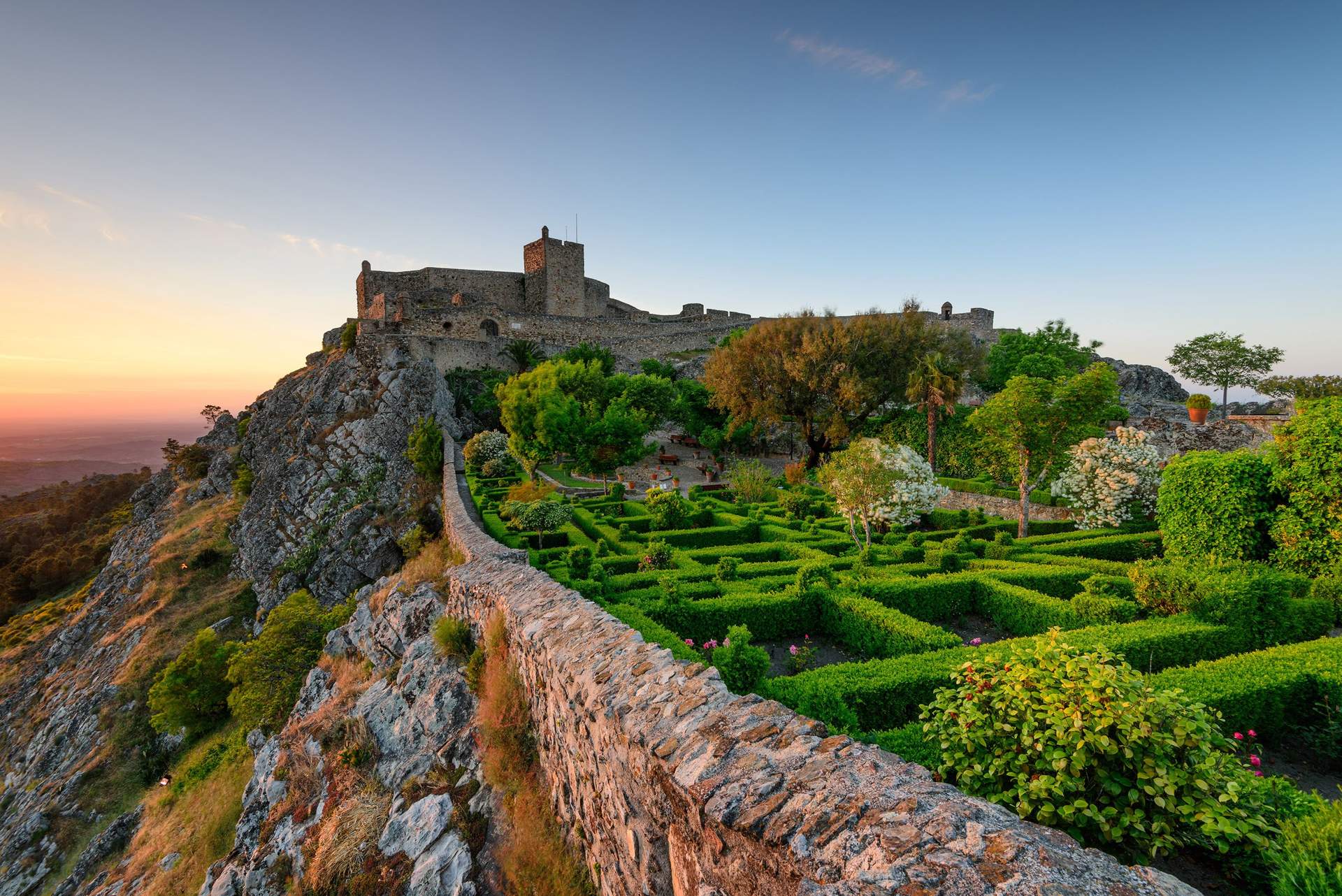
Sunset at Castle Marvao, a small picturesque village in the Alentejo (Shutterstock)
Done Lisbon? Pottered around Porto? Then it’s time to discover Alentejo, the warm, dry region north of the Algarve, with Ramblers Walking Holidays.
Designed by local resident leaders, you’ll experience a sparsely populated region with open horizons, where the rhythm of life follows the idle sound of regional songs. It is perfect for walking and adventure; a land of tradition and heritage.
Your walk will lead you past vast wheat fields and vineyards, medieval castles and valleys covered in a carpet of wild flowers. History and architecture await in the picturesque town of Evora, a UNESCO World Heritage Site, while exceptional food and wine will accompany you every step of the way.
Type: Small group
When: Apr, May & Oct
How long: Eight days
How much: From £1,475 (exc. flights)
13. Sail around Croatia’s little visited north

Sailing through the islands of the Kornati archipelago (Shutterstock)
With most travellers succumbing to the siren call of Croatia’s dazzling south, the shining gems of Dalmatia’s northern coast are undiscovered treasures. What better way to introduce yourself to them than on this adventure cruise with Peregrine?
You’ll sail the turquoise waters of the sunny northern Adriatic, exploring Kornati National Park, the biggest and most incredible collection of islands in the entire Adriatic Sea. Dropping anchor at little-visited islands and charming historic towns like of Krk, Zadar and Sibenik, you can cool off in the clear waters or explore cobbledlaneways, centuries old.
You’ll feast on the freshest seafood imaginable up and down the coast and enjoy local wines that are as refreshing as the glittering waters, beckoning you to take a dip.
Trip:Cruising Croatia’s Northern Coast & Islands
Who:Peregrine
Type: Small group
When: May, Jul & Sep
How long: Eight days
How much: From £1,960 (exc. flights)
14. Feast on Lebanon’s delights

Lebanon is set to be the next breakout destination and you’ll soon see why on this one-week stunning landscapes and incredible history.
From its golden Mediterranean beaches to its mountainous interior, you’ll stand before the vast Roman ruins at Baalbek, discover Crusader castles and Phoenician ruins and see the reminders of the civil war on a walking tour in Beirut.
You’ll look up in awe at the mighty Cedars of God, 1000-year-old trees set high above the Qadisha Valley, uncover millennia of maritime history in Byblos and feast upon the best fresh food in the entire region.
Who:Explore
Type: Small group
When: Departures throughout the year
How long: Eight days
How much: From £1,190 (exc. flights)
15. Step back in time in Belarus

The Bolshoi Theatre of Belarus (Shutterstock)
Step back in time in the time-capsule that is Belarus. From the soviet-style of the capital, Minsk and Nesvizh Castle, a 16th century masterpiece, the small group tour with Intrepid will lead you through this enigmatic country’s turbulent history and natural beauty.
Beyond the country’s intriguing cities, you’ll get the chance to explore the sprawling medieval forests of Belovezhskaya Pushcha, with its stands of ancient oak trees, unravaged by man. A bike ride here will take you deep into its heart in search of Europe’s largest land mammal, the European bison.
A stay in a traditional village with a local family, enjoying home cooked meals, is a fitting end to this intriguing adventure.
Trip: Highlights Of Belarus
Who:Intrepid
Type: Small group
When: May to Sep
How long: Nine days
How much: From £1,170 (exc. flights)

































